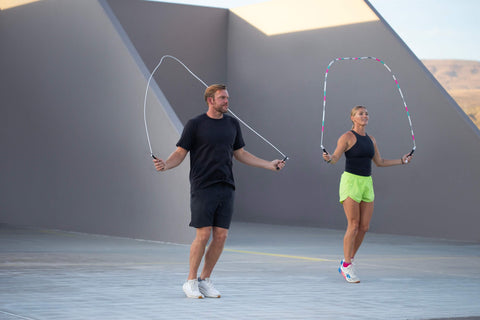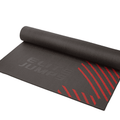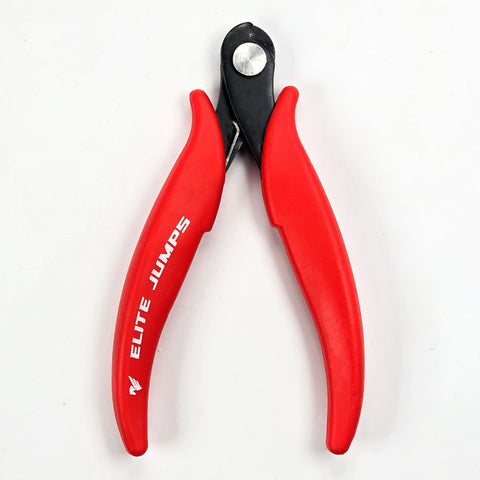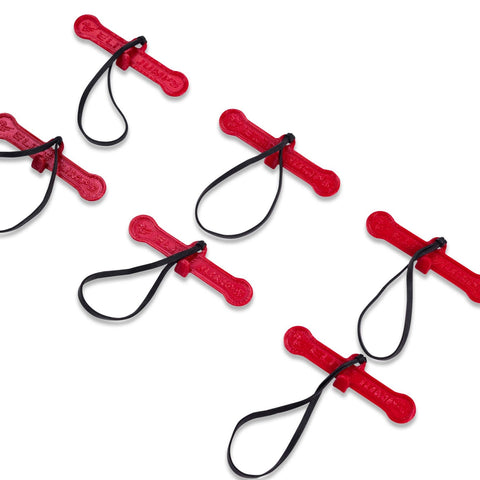
It’s a wrap.Can you believe 2025 is already coming to an end?
At the beginning of the year, we talked a lot about intention. About setting goals, building habits, and embracing the 1% better mindset — not as pressure, but as a reminder that small actions compound over time. And we invited you to do the same alongside us.

November was a powerful reminder of why we move—not just to train our bodies, but to strengthen our spirit. This month, we launched a collection rooted in perseverance, watched the community take on heavy-rope challenges with fire, tested AI-generated workouts, and celebrated life-changing progress from jumpers just like you.

We used ChatGPT-5 as a creative training partner to help design jump-rope sessions tailored to different goals and sports. Below, you’ll see how to prompt AI for effective routines, where human coaching still matters, and exactly which Elite Jumps tools make each plan easier to follow.

A few years ago, this business almost folded. We had decided on a rebrand from Elite SRS (our name at the time) to Elite Jumps. This was a big undertaking with lots of moving parts. In the midst of this process, my business partner and I had a big disagreement that we couldn’t resolve. We decided to sell the business and go our separate ways.

October has been one for the books, and we’re loving every second of it. Watching all the Halloween-themed videos of you jumping under the glow of our LED jump ropes has been pure joy—it’s like a mini light show on every feed! Whether you’re dressing up in costume or just showing off your smoothest tricks, we’re thrilled to see how creative the Elite Jumps community gets when the spooky season hits. 👻
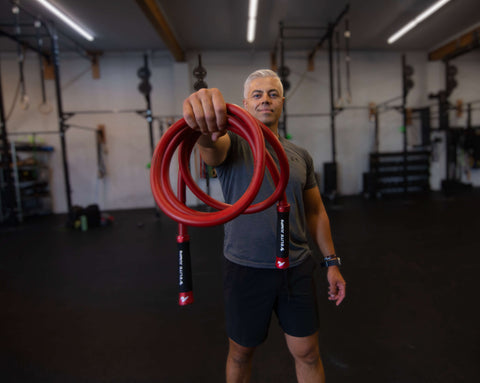
September has been a busy (and exciting!) month here at Elite Jumps. We just launched our brand-new Sports Performance handle—designed with an improved grip and a premium matte finish. The Beast rope is officially back in stock (our heaviest rope ever!), and we can’t wait to hear your feedback. We’ve also released a new jump rope set designed for endurance and strength, and our design team is hard at work creating a beginner-friendly collection that connects deeply with our brand values.
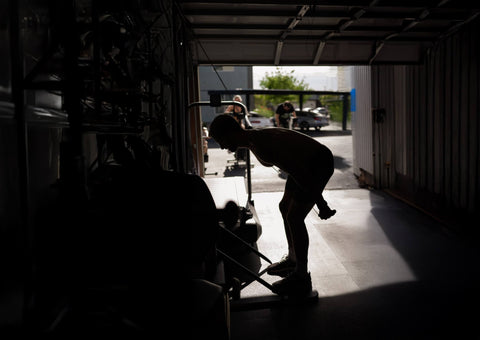
Jump rope is one of the most effective training methods to sharpen foot speed, coordination, and mental focus. In this article, we will break down why jump rope should be part of your HYROX preparation, how it connects with the core workouts of race training, and which drills give you the best return on your effort. You will also find a sample routine and practical tips to take into your own training.
